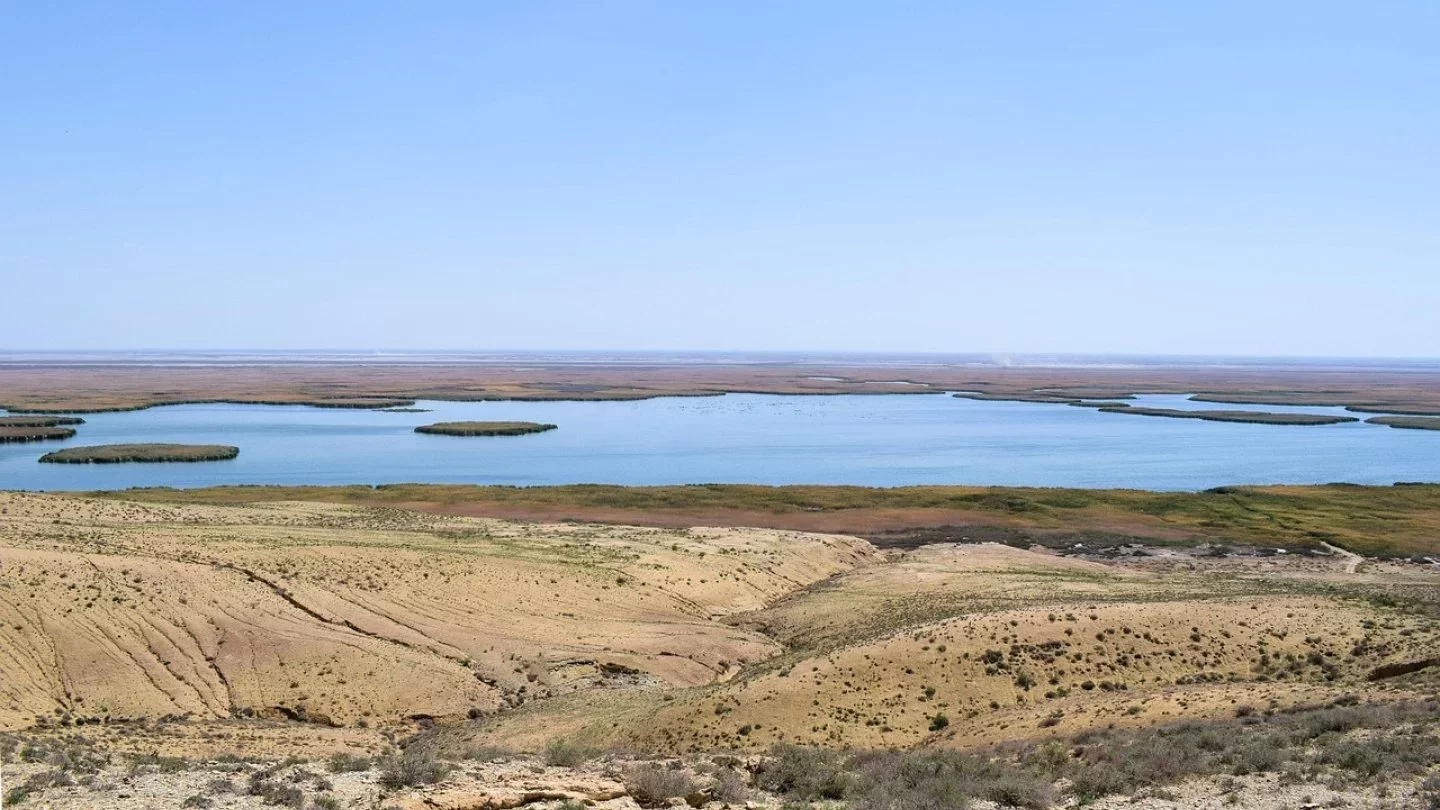Ministry of Water Resources Explains How the Aral Sea Is Being Restored
 Photo: Pixabay, illustrative purposes
Photo: Pixabay, illustrative purposes
Officials from Kazakhstan's Ministry of Water Resources and Irrigation have shared insights on ongoing projects aimed at restoring the Aral Sea and addressed questions about USAID grants for these efforts, Orda.kz reports.
Between October last year and January 2025, the ministry directed over one billion cubic meters of water to the Northern Aral Sea. However, this increase is not due to flooding or artificial weather modification.
The idea that the Northern Aral Sea is filling up due to floods or rainmaking is incorrect. There were no major floods in the south this year. The replenishment of the Northern Aral Sea results from water redistribution and diplomatic efforts. Thanks to agreements reached with Central Asian partners, an additional 1.6 billion cubic meters of water will be directed to the Northern Aral by the end of March,stated Moldir Abdualieva, the ministry’s official representative, during a press conference at the Central Communications Service.
When asked about USAID funding, journalists inquired whether grants from the organization were being used in Aral Sea restoration projects and what would happen after their suspension.
Vice Minister Nurlan Aldamzharov clarified that while USAID had previously funded environmental projects, it is no longer involved under the new Ministry.
In 2023, USAID grants funded one project under the Ministry of Ecology and Natural Resources. However, under the Ministry of Water Resources and Irrigation, we currently have no projects with this international organization, Aldamzharov explained.
Scientists agree that fully restoring the Aral Sea is impossible, but Kazakhstan remains committed to preserving the Northern Aral, expanding its water area, and improving the ecosystem, Aldamzharov added.
According to ministry data, the Northern Aral Sea now holds over 22 billion cubic meters of water, compared to 18.9 billion at the start of 2022. Projections estimate this volume will reach 23.4 billion by the end of 2025 and 27 billion by 2030.
Original Author: Anastasia Prilepskaya
Read also:
Latest news
- Kazakh-Russian Border Sees Truck Congestion Amid Summer Traffic Surge
- Kyrgyzstan: Authorities Uncover Official Forgery at I. Arabaev University, Expel Dozens of Foreign Students
- Kazakhstan's Special Forces Join Multinational Anadolu-2025 Drills in Türkiye
- Relative of Former Akim Danial Akhmetov Temporarily Appointed to Head Kazakh Railways
- Audit Chamber Stands by Findings Amid Dispute with Health Ministry
- Authorities Detain Seven in Sputnik Azerbaijan Investigation
- Foreigners in Russia Facing SIM Card Blocking Over Biometrics Rules
- Petropavlovsk Blogger Sentenced to 3.5 Years for Ethnic Discord
- Toqayev Discusses Challenges and Priorities with SCO Secretary-General
- Kazakh Ambassador Confirms Attendance at Kadyrov Son’s Wedding
- Bektenov Criticizes Ministry of Water Resources Over Project Delays
- China Eastern Airlines Launches Direct Flight from Shanghai to Almaty
- Black Market for Water: Why Fields Lack Water in Kazakhstan — and Who’s to Blame
- Former Vice Minister of Labor Akmadi Sarbasov Detained
- Quest Pistols Concert in Astana Reportedly Cancelled
- Former Director and Accountant of Elite Astana School Accused of Embezzling Over 900 Million Tenge
- Explosion Hit Vilamoura Tanker: Energy Ministry Says Kazakh Oil Wasn’t On Board
- “Someone Who Was Rejected by Everyone — Except You”: The Lukas Shelter Rescues Forgotten Animals
- Wife of Convicted Police Chief Under Investigation
- Kazakhstan: Ten Regions Achieve Full Water Supply Coverage, Says Minister

